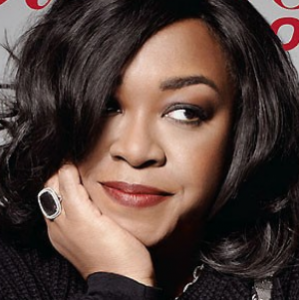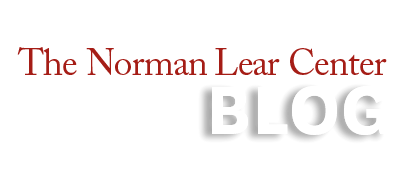 Social media is demolishing the layers of barriers between the fans and the famous.
Social media is demolishing the layers of barriers between the fans and the famous.
In my parents’ generation, if you wanted to contact your favorite celebrity, you joined the fan club, paid the dues and maybe got an autographed picture in the mail months later. When I was a teenager, in the late ’90s, I was a huge fan of MTV personality Dave Holmes, so I wrote him a letter and sent it to MTV Networks. No response. I tried emailing it to the general MTV email address – only to receive a canned response. Today, I am “friends” with Dave on Facebook and Twitter. Our symbiotic relationship allows him to keep me and other fans abreast of everything he is up to while making me feel as though I have a backstage pass.
People on both sides of the social media bridge have begun to realize the power of these fledgling connections. Fans have recognized that they have the power to affect the entertainment they consume, while PR agencies and marketing experts understand that online viral campaigns are just as important as billboards and TV advertisements, if not more so.
Last month, it was announced that icon Betty White will host Saturday Night Live. The reason? A 29-year-old man in San Antonio started a Facebook page demanding it. How could Lorne Michaels not try to get Betty White on the show after 500,000 people signed onto the effort? White’s May 8th episode will be a ratings goldmine for NBC, because so many viewers feel like they helped make it a reality.
This isn’t the only successful grassroots campaign. In 2009 NBC’s My Name is Earl was initially saved by a Twitter petition, or as the organizers coined it, a “twitition.” Also last year, fans of the comedy Chuck organized online to encourage people to purchase sandwiches from Subway, the show’s main sponsor, and put “Save Chuck” cards into the Subway comment boxes – resulting in a new season of Chuck and an increased advertising relationship with Subway. Current online campaigns for Better Off Ted and As the World Turns are hoping to end up more like Jericho, which was famously saved in 2007 after fans sent in two tons of nuts (the edible kind) to network executives, and less like the efforts for Pushing Daisies, whose fans were unable to save the show.
Media content creators clearly understand the clout of online affinity communities – building new mavens through online campaigns is imperative for any new show. For example, in conjunction with the premiere of ABC’s Flash Forward, a popular Facebook application was created that used all of the information, friends and pictures on user pages to create a vision of the user’s future in the spirit of the show’s plot.
Most of the power of the social media bridge is found in day-to-day examples. Did something on the last Grey’s Anatomy episode irk you? Tell Shonda Rhimes, the show’s creator and executive producer, all about it in a tweet and chances are she will respond. Many writers and producers find it de riguer to have direct conversations with fans via Twitter, leaking timely tid-bits about upcoming shows.
This new breed of intimate access should surprise no one. The Lear Center’s report on the Business & Culture of Social Media explains how the rise of the social web has accelerated the transformation of audiences. Web 1.0 technology gave them the power to find more information about their favorite entertainment; now they’re using Web 2.0 technology to have a direct impact on the media they love. And whether celebrities and media movers-&-shakers like it or not, these intimate relationships are here to stay.
